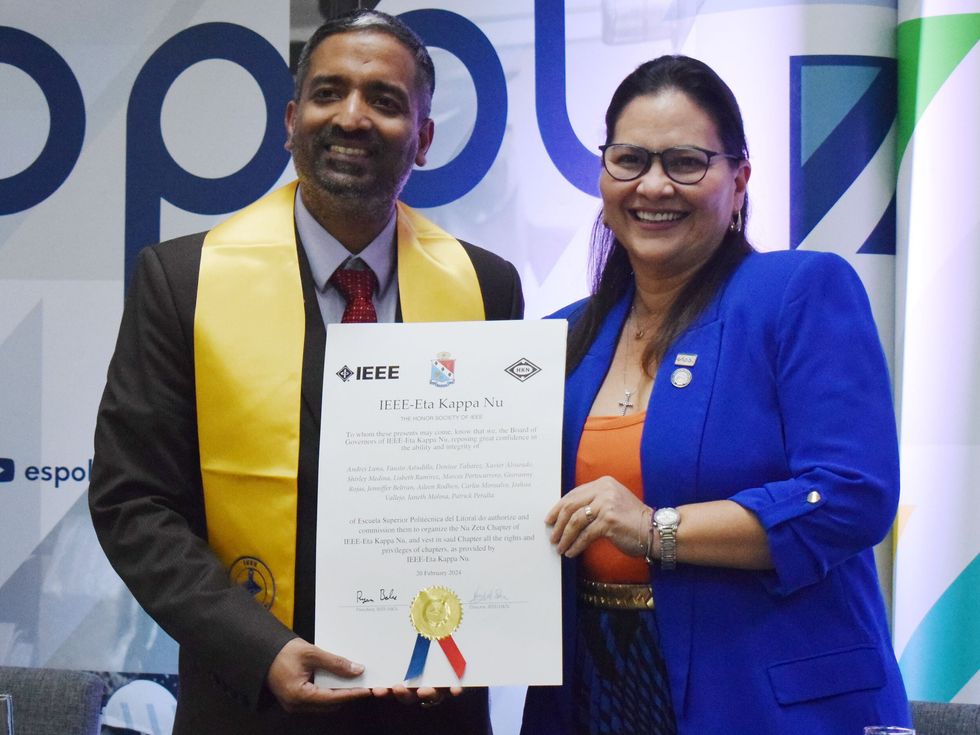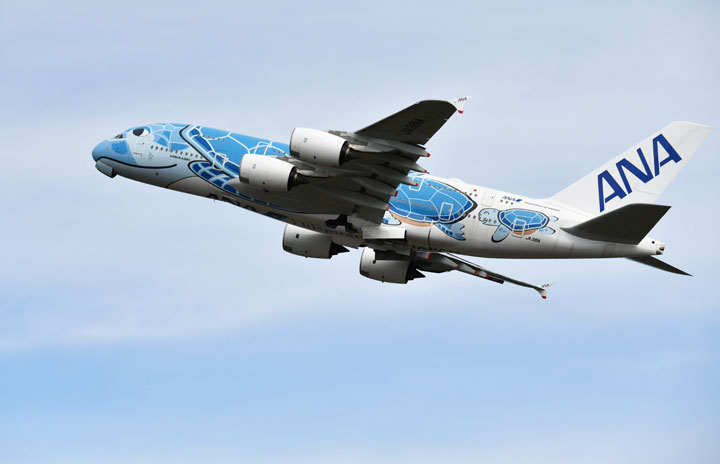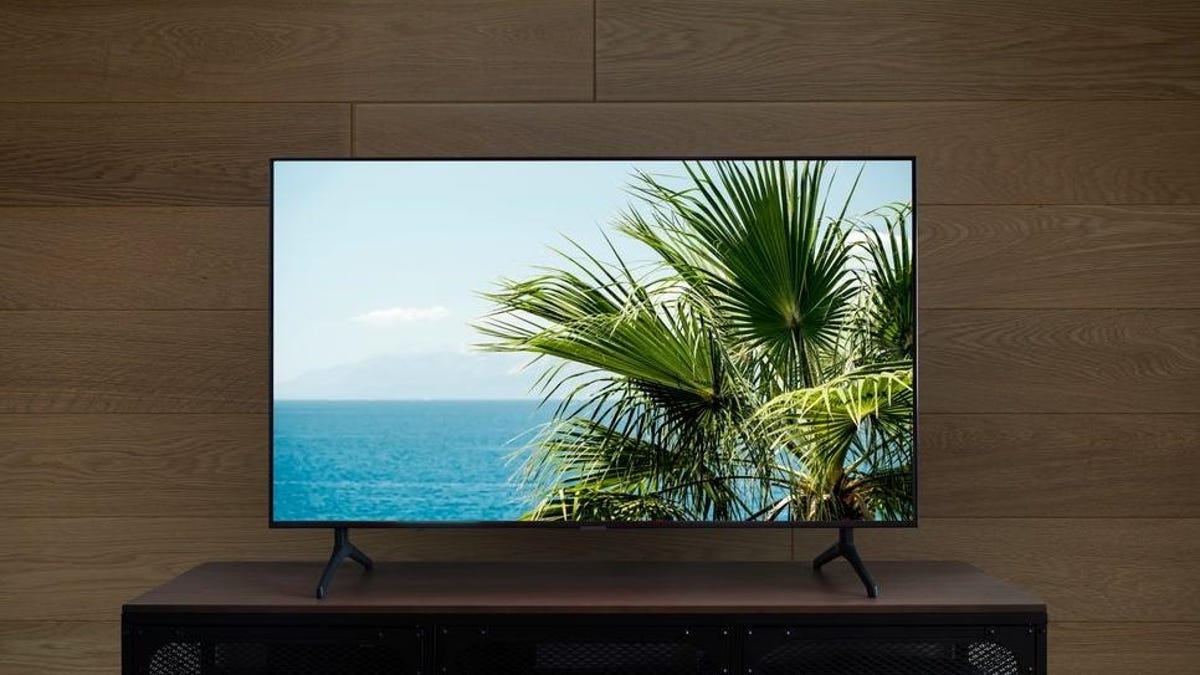Health benefits come from eating during the daytime, demonstrating a potential link to energy release.
Scrambling the internal clock
In the study, mice, who are nocturnal, were fed a high-fat diet either exclusively during their inactive (light) period or during their active (dark) period. Within a week, mice fed during light hours gained more weight compared to those fed in the dark. To mitigate the effects of temperature on their findings, the scientists set the temperature to 30 degrees, where mice expend the least energy.“We thought maybe there’s a component of energy balance where mice are expending more energy eating at specific times,” Hepler said. “That’s why they can eat the same amount of food at different times of the day and be healthier when they eat during active periods versus when they should be sleeping.”The increase in energy expenditure led the team to look into metabolism of fat tissue to see if the same effect occurred within the endocrine organ. They found that it did, and mice with genetically enhanced thermogenesis — or heat release through fat cells — prevented weight gain and improved health.Hepler also identified futile creatine cycling, in which creatine (a molecule that helps maintain energy) undergoes storage and release of chemical energy, within fat tissues, implying creatine may be the mechanism underlying heat release.
Findings could inform chronic care
The science is underpinned by research done by Bass and colleagues at Northwestern more than 20 years ago that found a relationship between the internal molecular clock and body weight, obesity, and metabolism in animals.The challenge for Bass’s lab, which focuses on using genetic approaches to study physiology, has been figuring out what it all means, and finding the control mechanisms that produce the relationship. This study brings them a step closer.The findings could inform chronic care, Bass said, especially in cases where patients have gastric feeding tubes. Patients are commonly fed at night while they sleep, when they’re releasing the least amount of energy. Rates of diabetes and obesity tend to be high for these patients, and Bass thinks this could explain why. He also wonders how the research could impact Type II Diabetes treatment. Should meal times be considered when insulin is given, for example?Hepler will continue to research creatine metabolism. “We need to figure out how, mechanistically, the circadian clock controls creatine metabolism so that we can figure out how to boost it,” she said. “Clocks are doing a lot to metabolic health at the level of fat tissue, and we don’t know how much yet.”Reference: “Time-restricted feeding mitigates obesity through adipocyte thermogenesis” by Chelsea Hepler, Benjamin J. Weidemann, Nathan J. Waldeck, Biliana Marcheva, Jonathan Cedernaes, Anneke K. Thorne, Yumiko Kobayashi, Rino Nozawa, Marsha V. Newman, Peng Gao, Mengle Shao, Kathryn M. Ramsey, Rana K. Gupta and Joseph Bass, 20 October 2022, Science.
DOI: 10.1126/science.abl8007
Research support was provided by the National Institutes of Health National Institute of Diabetes and Digestive and Kidney Diseases (grants R01DK127800, R01DK113011, R01DK090625, F32DK122675, F30DK116481, F31DK130589, K99DK124682, R01DK104789 and R01DK119163), the National Institute on Aging (grants R01AG065988 and P01AG011412) and the American Heart Association Career Development Award (19CDA34670007).
Note: This article have been indexed to our site. We do not claim legitimacy, ownership or copyright of any of the content above. To see the article at original source Click Here













